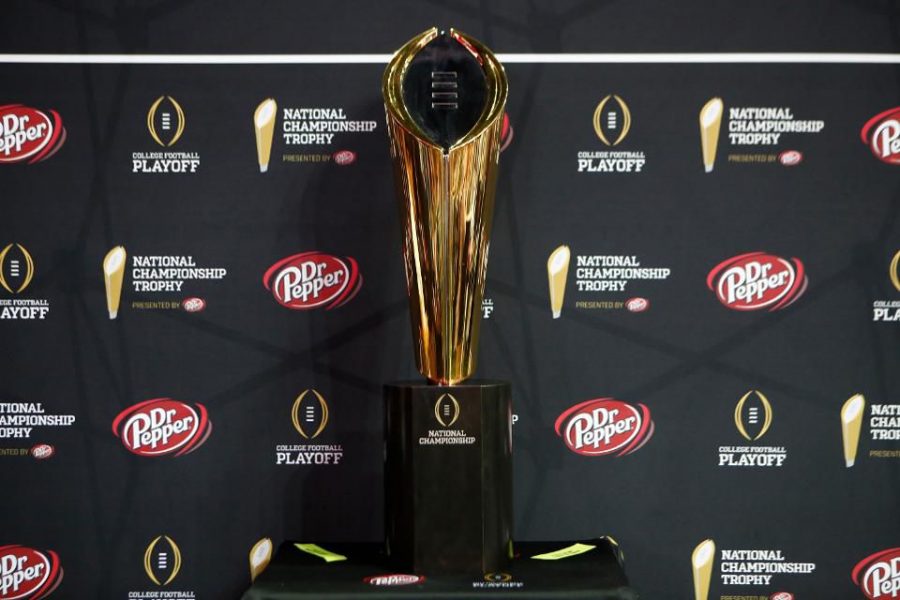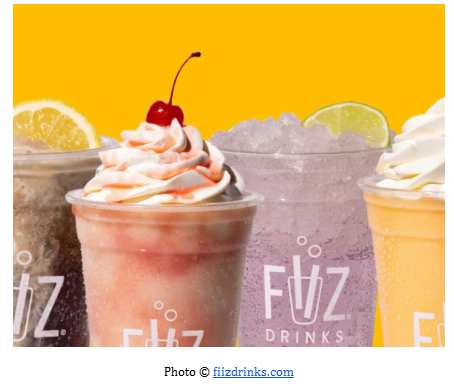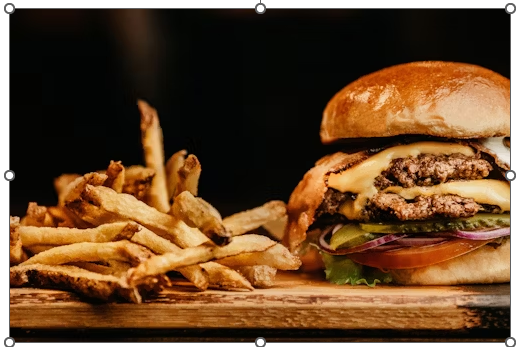In today’s fast-paced world, convenience often wins the battle against nutrition. Between long school days, sports practices, part-time jobs, and late-night study sessions, many teenagers are turning to fast food, vending machine snacks, and microwave meals to keep up with their busy schedules. But how is this culture of quick bites shaping the way teens eat, and what does it mean for our health and future habits?
The Convenience Trap
For many high school students, time is a luxury. Sophomore Ava Martinez admits that she often grabs fast food between activities. “I usually have only about 30 minutes between school and soccer practice,” Ava says. “So, I’ll stop by Chick-fil-A or McDonald’s. It’s fast, it tastes goof, and it fills me up.” According to a 2024 survey by the Centers for Disease Control and Prevention, nearly 36% of teens in the U.S. eat fast food at least once a day. That number has grown over the past decade, thanks to mobile ordering apps, delivery services, and drive-thrus that make high-calorie meals just a few taps away.
Fast food chains have mastered the art of marketing to young consumers, with bright logos, student discounts, and trendy menu items promoted through TikTok and Instagram. “It’s not just food; it’s a lifestyle,” says senior Jordan Patel. “You see influencers doing McDonald’s mukbang’s or ranking menu hacks, and it becomes a social thing.
The Hidden Cost of Convenience
While fast food may be convenient, it often comes with a price, and not just the one on the receipt. Nutritionists warn that excessive consumption of fast food can lead to long-term health issues, including high cholesterol, obesity, and fatigue.
“Teenagers need balanced nutrition for growth and energy,” explains Ms. Thompson, a health teacher. “When meals are high in sugar, sodium, and fat but low in nutrients, students might feel full but not actually nourished. Over time, it can affect concentration, mood, and overall well-being.”
The problem isn’t always lack of awareness; it’s accessibility. Many students say that healthy food options are often more expensive or take longer to prepare. A salad might cost twice as much as a burger combo, and not everyone has time to pack lunches at home.
“I know fast food isn’t great,” says junior Michael Tran, “but when you’re running on four hours of sleep and you have two tests and a shift after school, cooking something healthy just isn’t realistic.”
The Role of Schools
Some schools are recognizing the issue and working to provide healthier, more appealing lunch options. Cafeterias add salads, fruit cups, and grain bowls alongside the usual pizza and fries. However, student participation remains mixed. “We’ve tried offering balanced meals,” says Mrs. Rivera, the school’s nutrition manager, “but students still gravitate toward the quicker, familiar foods. Our biggest challenge is changing habits, not just the menu.” Nutrition programs and awareness campaigns can help. Clubs like Students for Wellness, or Green Lunch Initiative have started encouraging peers to bring healthier snacks, reduce plastic packaging, and share quick homemade recipes and social media.
Social Media and “Food Culture”
Another powerful influence on teen eating habits is social media. Platforms like TikTok and Instagram are filled with viral food trends, from “grinder sandwiches” to “lazy girl dinners.” While some of these recipes promote creativity and home cooking, others glorify ultra-processed foods and massive portions.
“Food content can be fun and inspiring,” says sophomore Lila Brooks, who runs a small cooking account for TikTok. “But sometimes it’s hard to tell what’s realistic versus what’s just for views.”
This culture of “aesthetic eating” can distort how teens view meals. Some trends push indulgence and extra cheese, while others promote unrealistic “healthy” ideals. The balance between enjoyment and nutrition can get lost in the algorithm.
Finding a Middle Ground
Despite the challenges, many teens are looking for ways to eat smarter without giving up convenience. Frozen veggies, pre-cooked grains, and air fryers have made it easier to prepare healthier versions of favorite foods. Apps like Mealime and Yummly offer quick recipes that fit into a busy schedule.
“On Sundays, I prep a few meals for a week,” says senior Emma Lewis. “That was I’m not tempted to order takeout when I’m tired. It actually saves me money too.” Experts suggest small, manageable changes, like swapping soda for water, adding fruit to breakfast, or choosing grilled over fried items, can make a big difference over time.
“Healthy eating doesn’t have to mean perfection,” says Ms. Thompson. “It’s about balance and awareness. Teens who learn to make mindful choices now are setting themselves up for better habits in adulthood.”
The Bigger Picture
Ultimately, the rise in “fast food living” reflects a broader trend. A generation juggling academics, extracurriculars, and social media lives in a world that moves at lighting speed. Convenience is part of modern life, but awareness and balance can help ensure it doesn’t come at the cost of health.
As Ava Martinez puts it:
“I don’t think I’ll ever completely give up fast food, it’s part of life. But I’m starting to realize it’s about making better choices when I can.” Because in the end, it’s not just about what we eat, it’s about how our choices fuel the kind of life we want to live.




























